Moonlight on consumed souls
Devoted to mothers who lost a child.
Small ivory effigy of mother and child, woman sitting down holding baby who is being breastfed.
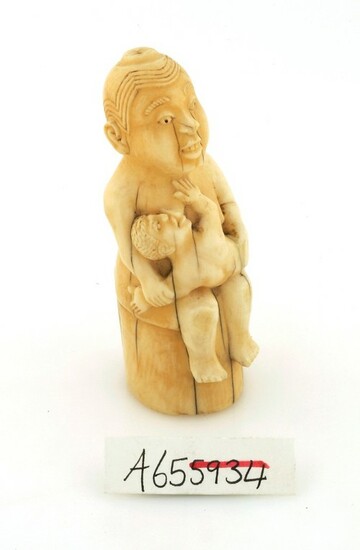
Kiss me mother 'ere I die - first line reads: Kiss me, mother, ere I die. Barney O'Hea - first line reads: Now let me alone, though I know you won't-. In two columns with an illustration above each. Two ballads.
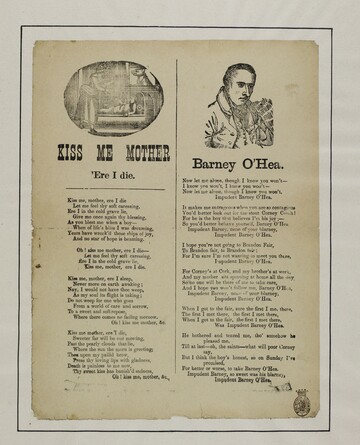
Lettering: Der Tod zur Herzogin. Frau Herzogin, sind wohlgemuth! Oh ihr schon sind vom edlen Blut, hochgeachtet auf dieser Erd, hab ich euch dennoch lieb und werth. Antwort der Herzogin. Ach Gott, der armen Lauten Thon! Muss ich mit dem Greuling darvon: heut Herzogin, und nimmermeh, ach Angst und Noth! O weh, o weh!
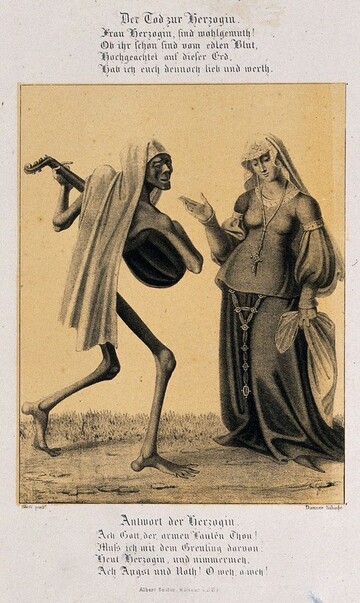
Head of a child
Repository/Location: National Museum of Fine Arts (Valletta, Malta)

Mother, who gave three sons with her wreath at the Cenotaph._x000D_ Mothers who lost sons in the Great War were among the earliest arrivals at the Cenotaph for the Armistice Day service._x000D_ Photo shows, Mrs A Kerr, who lost three sons in the war, and now has a son serving in Shanghai, with a wreath at the Cenotaph._x000D_ 11 November 1937_x000D_
Lettering: An Carache delin. 20.A M. Corneille sculp. cum privil. Regis
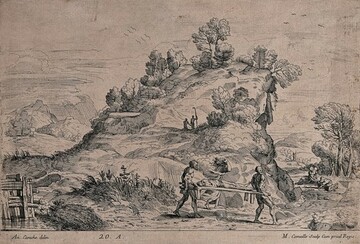
Be kind to my mother when I'm gone - first line reads: Let me whisper to you, father, ere my voice is closed in death. Banks of the Nile - first line reads: Hark I hear the drums beating - no longer can I stay.

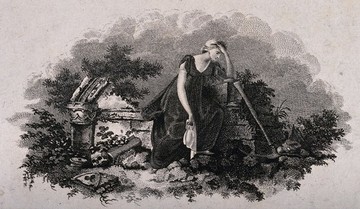
Scanning electron micrograph of organ of Corti of guinea pig, showing three rows of outer hair cells and one row of inner hair cells, Dieter's cells, Henson's cells, inner sulcus cells and tunnel rods.
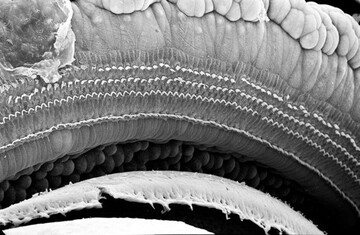
"Saatfrüchte sollen nicht vermahlen werden" - dieses Goethe-Zitat gebrauchte Käthe KoIlwitz oft als Argument für den Frieden in dieser Welt. Käthe KoIlwitz' Arbeit an ihrem berühmten Antikriegs-Denkmal und das Nachdenken über die Entstehung eines Kunstwerkes ist das Thema des Films. Im ersten Weltkrieg verliert sie den geliebten Sohn Peter. Sie beginnt gegen den Schmerz anzuarbeiten, an einem Denkmal für den Sohn. Sie wendet sich gegen den Krieg, wird politisch aktiv für die Linken, malt die Hungernden, die Mütter, die ihre Kinder nicht mehr ernähren können. Als 1932 die Denkmal-Gruppe auf einem belgischen Soldatenfriedhof aufgestellt wird, marschieren sie in Deutschland schon wieder. 1939 fällt ihr Enkel Peter und sie malt das Blatt der Mutter, die ihre Kinder, die Saatfrüchte, unter ihrem Rock versteckt und Nein! sagt. Quelle: DEFA-Stiftung
